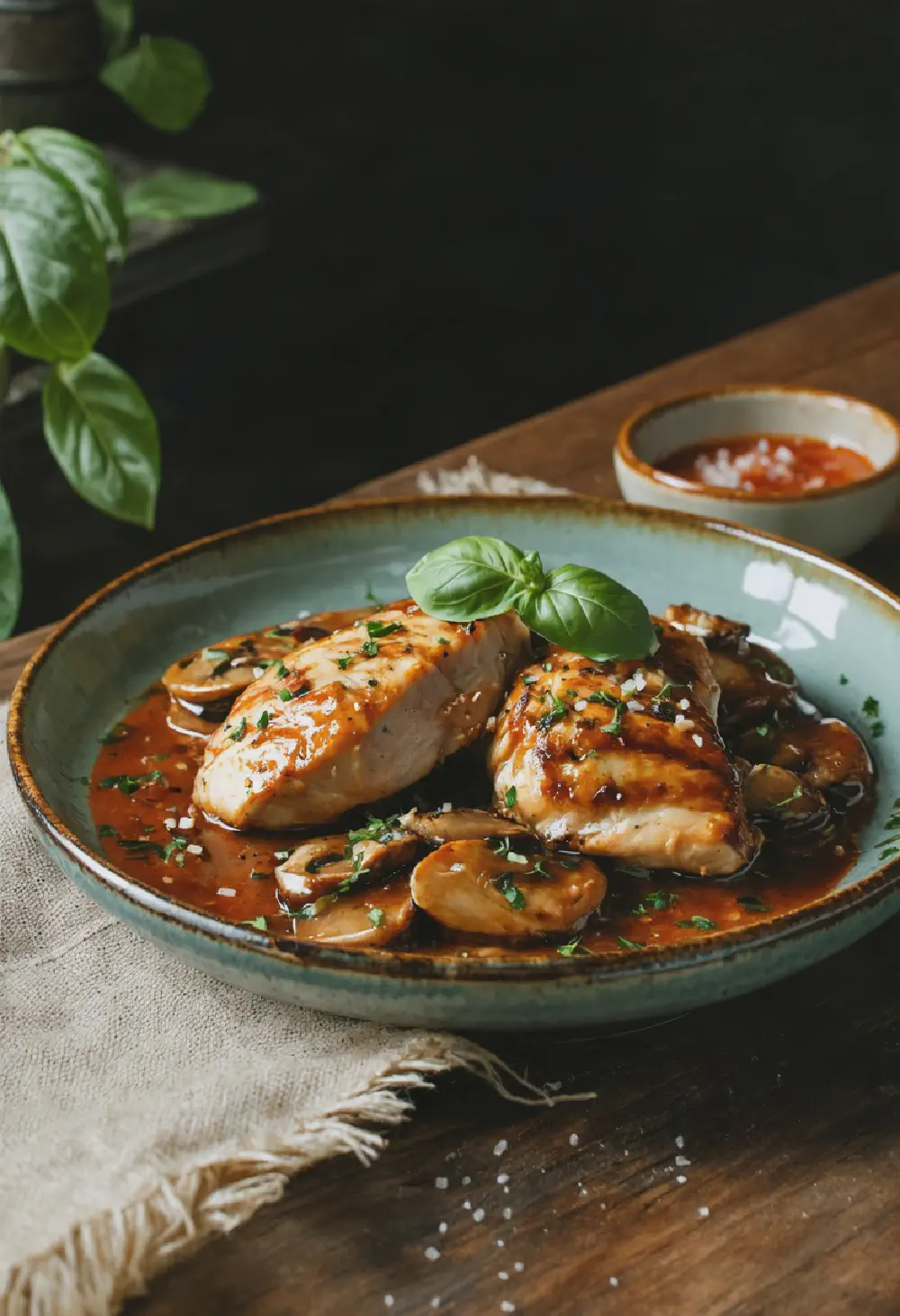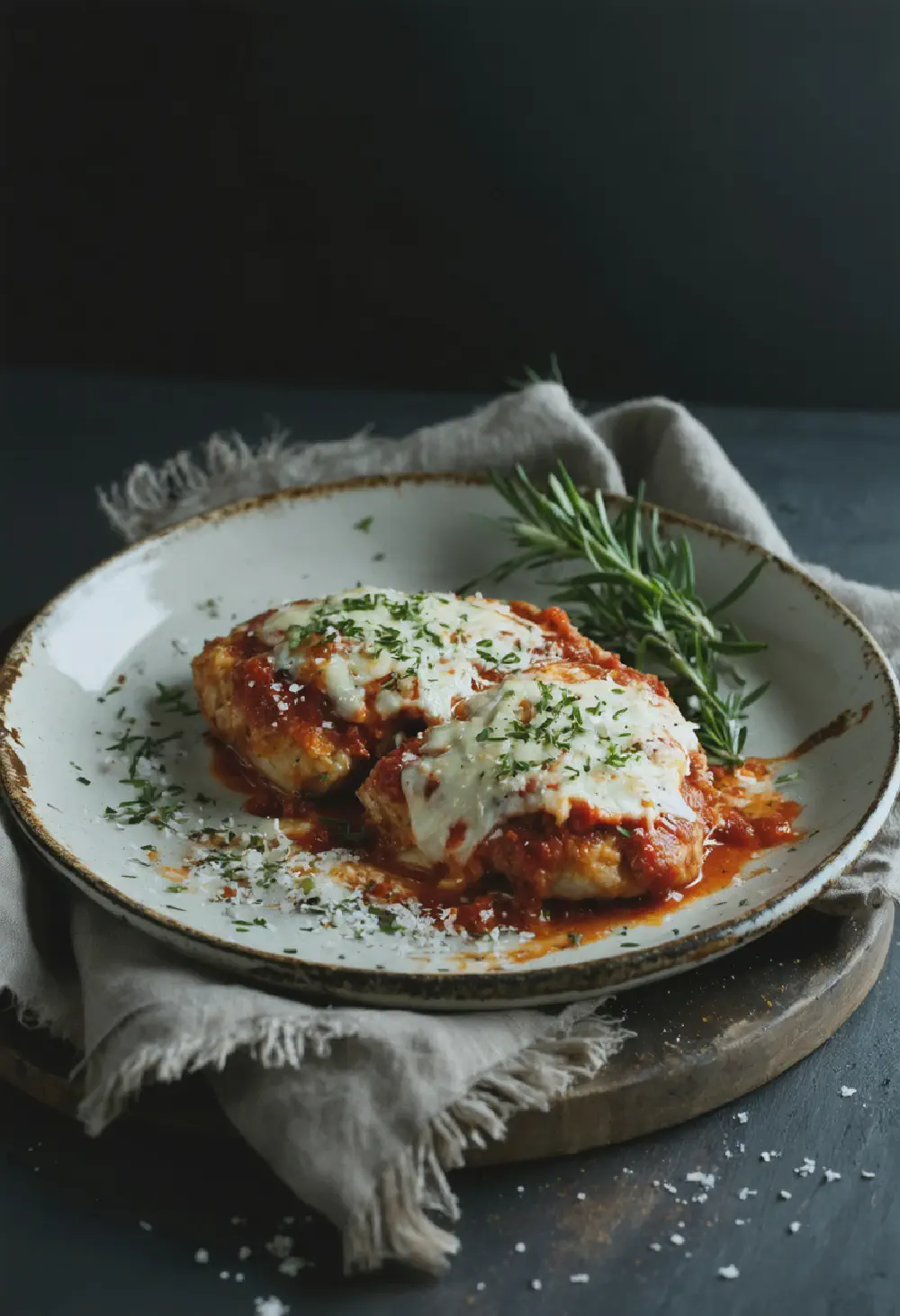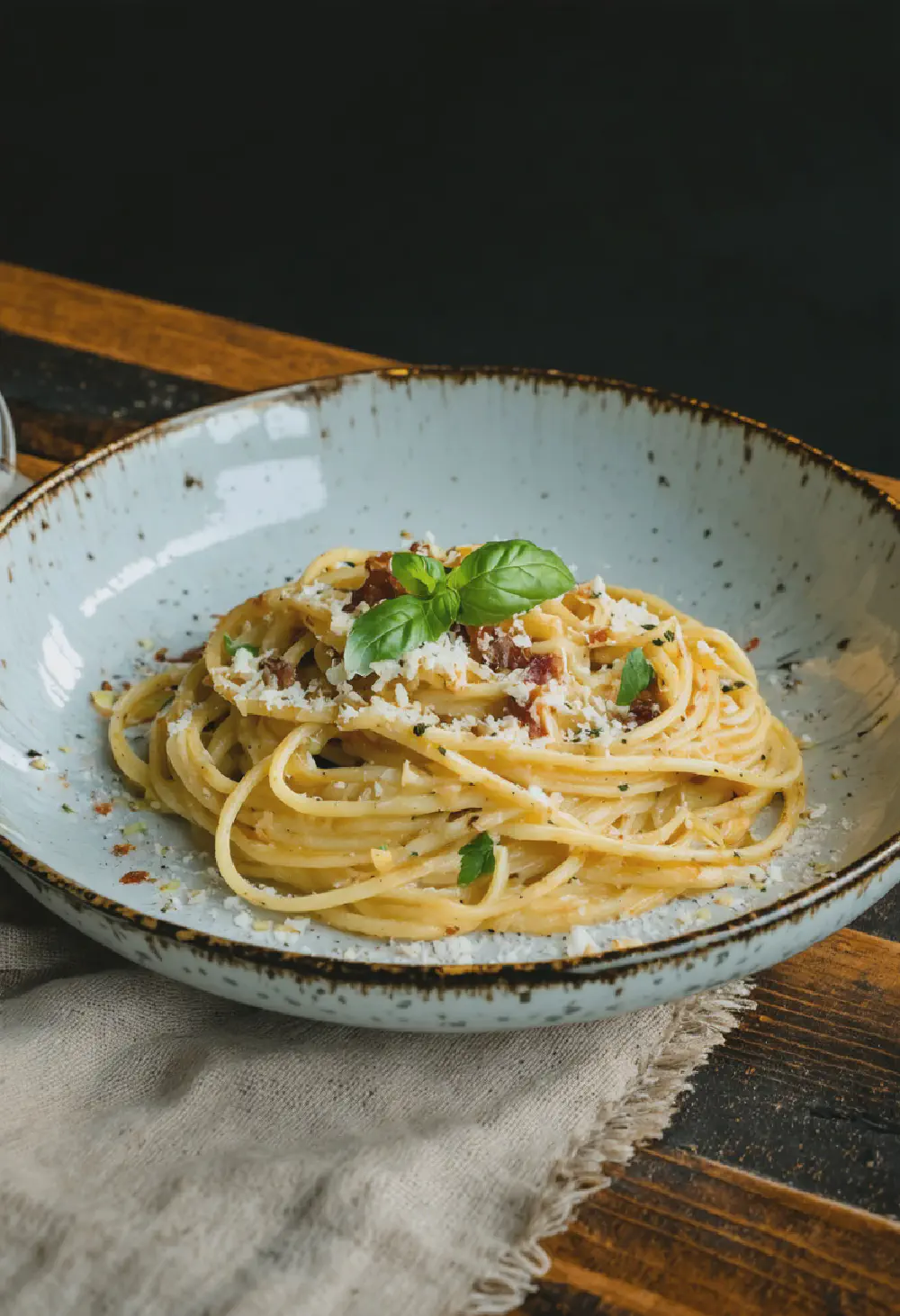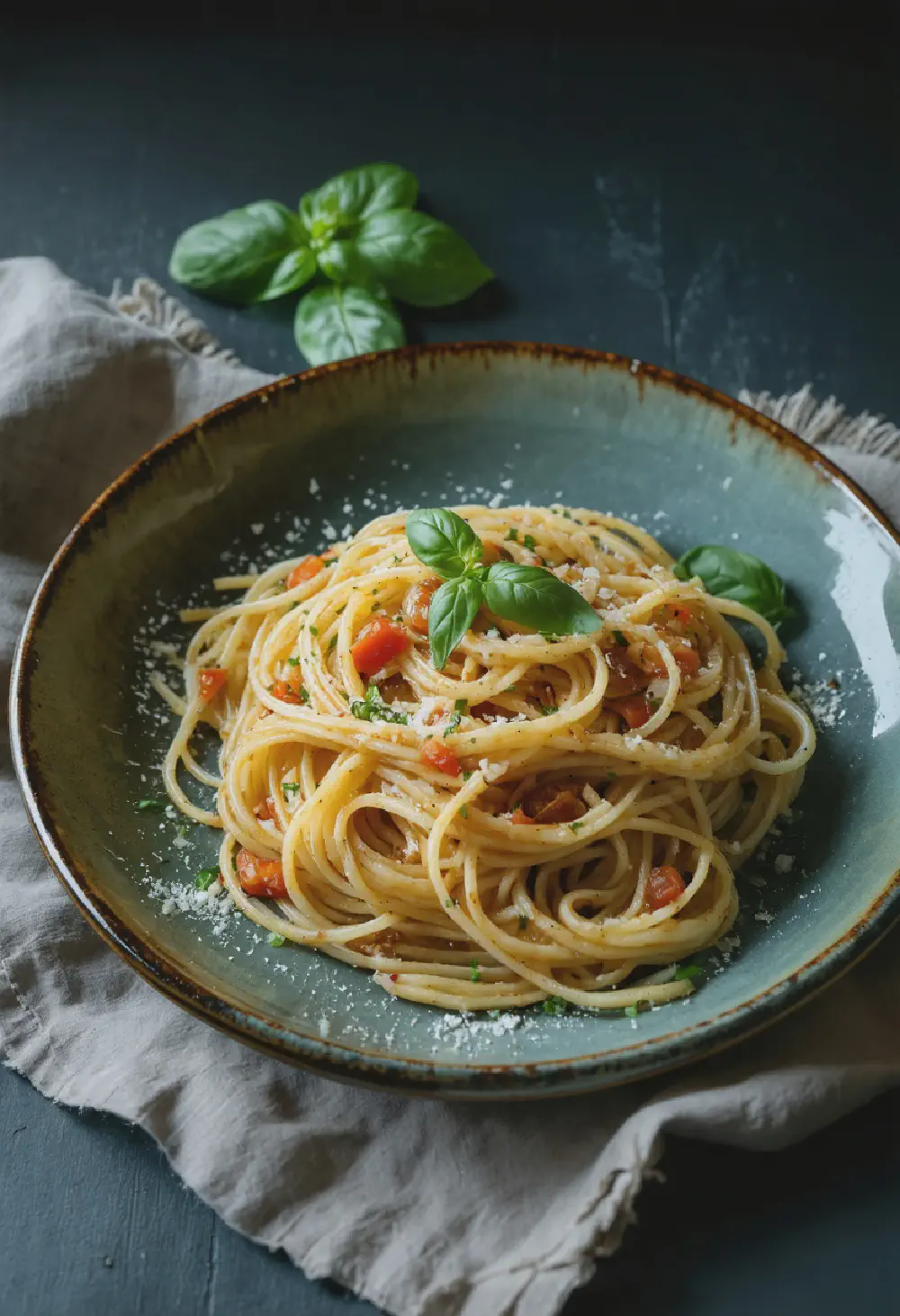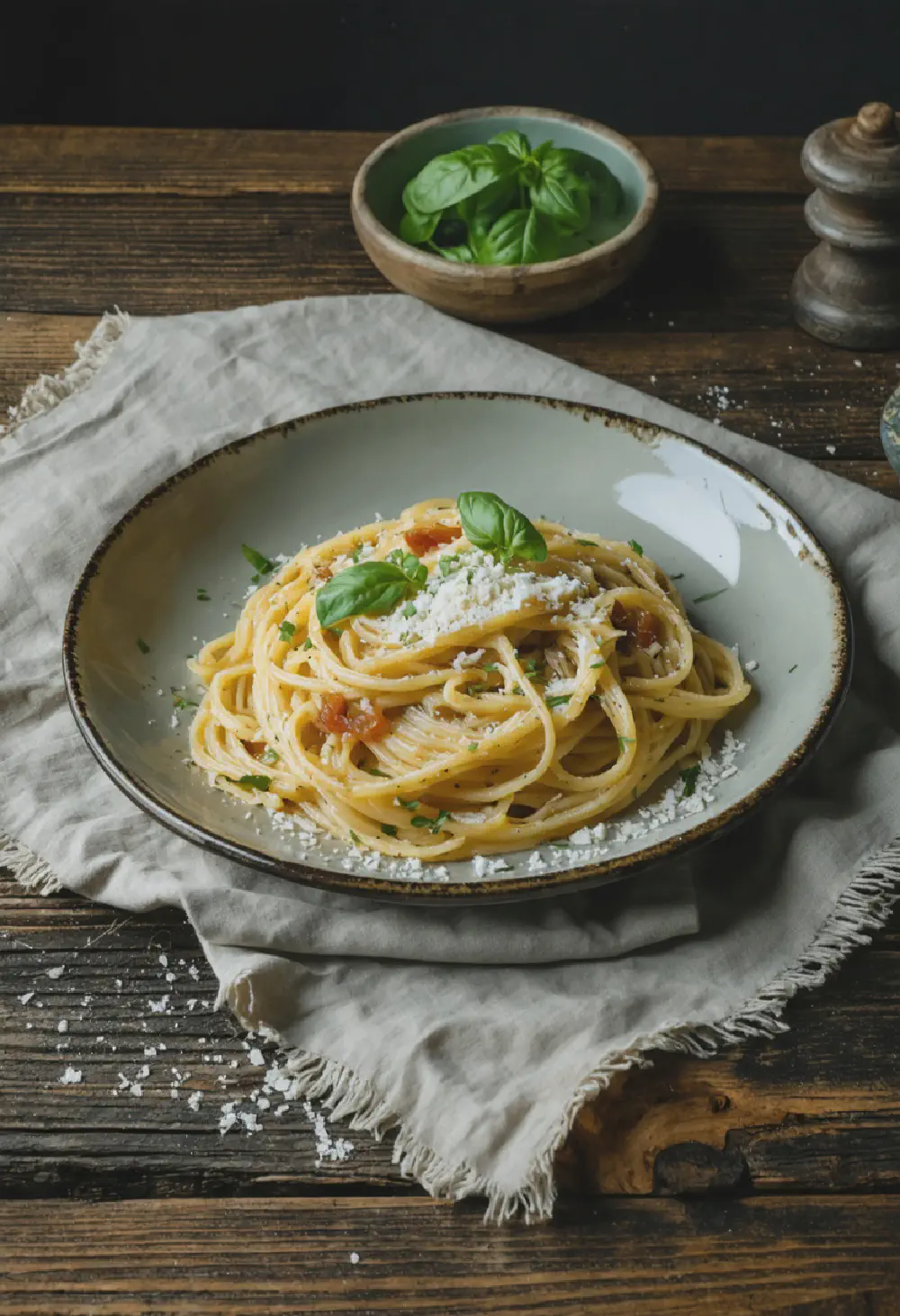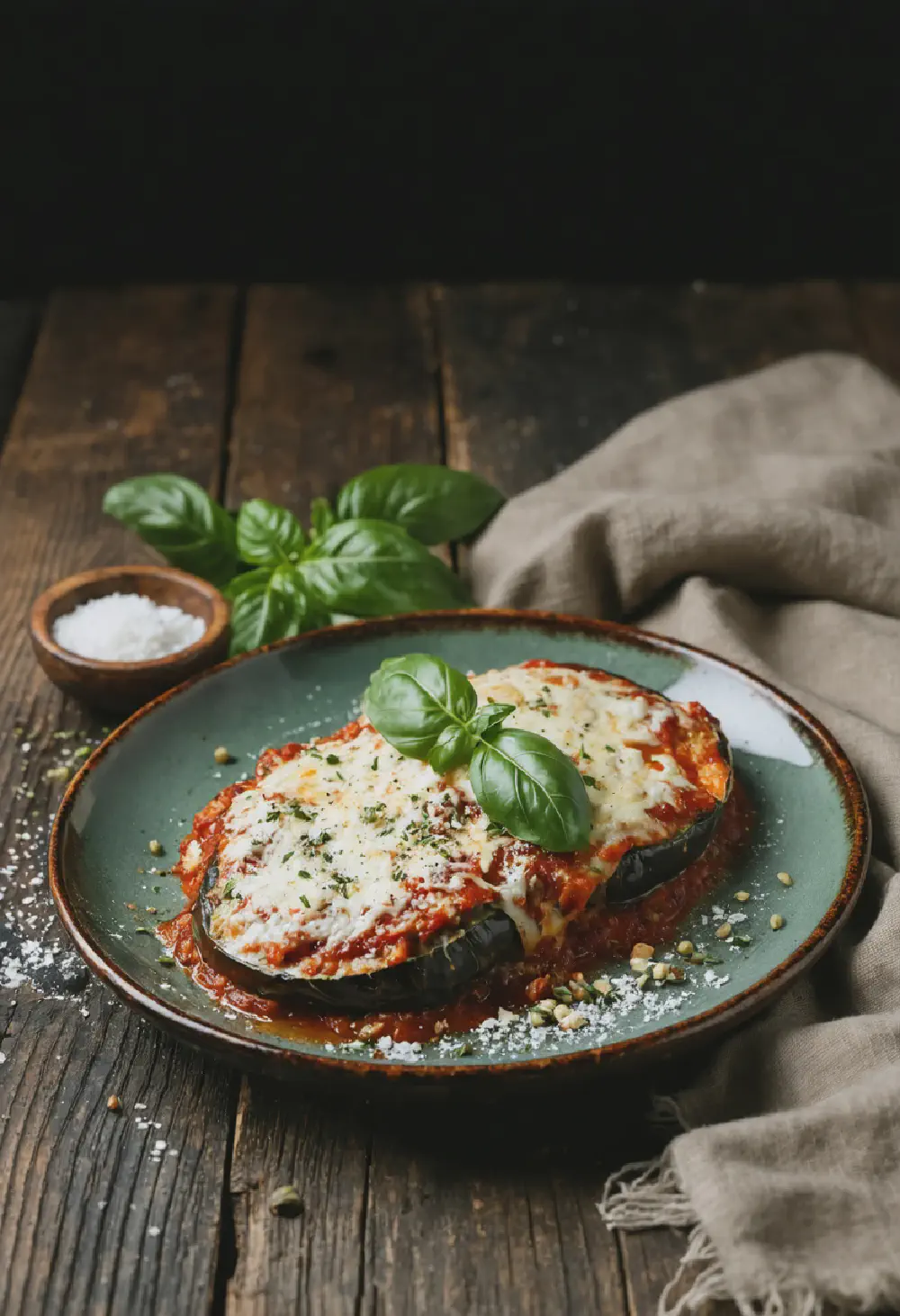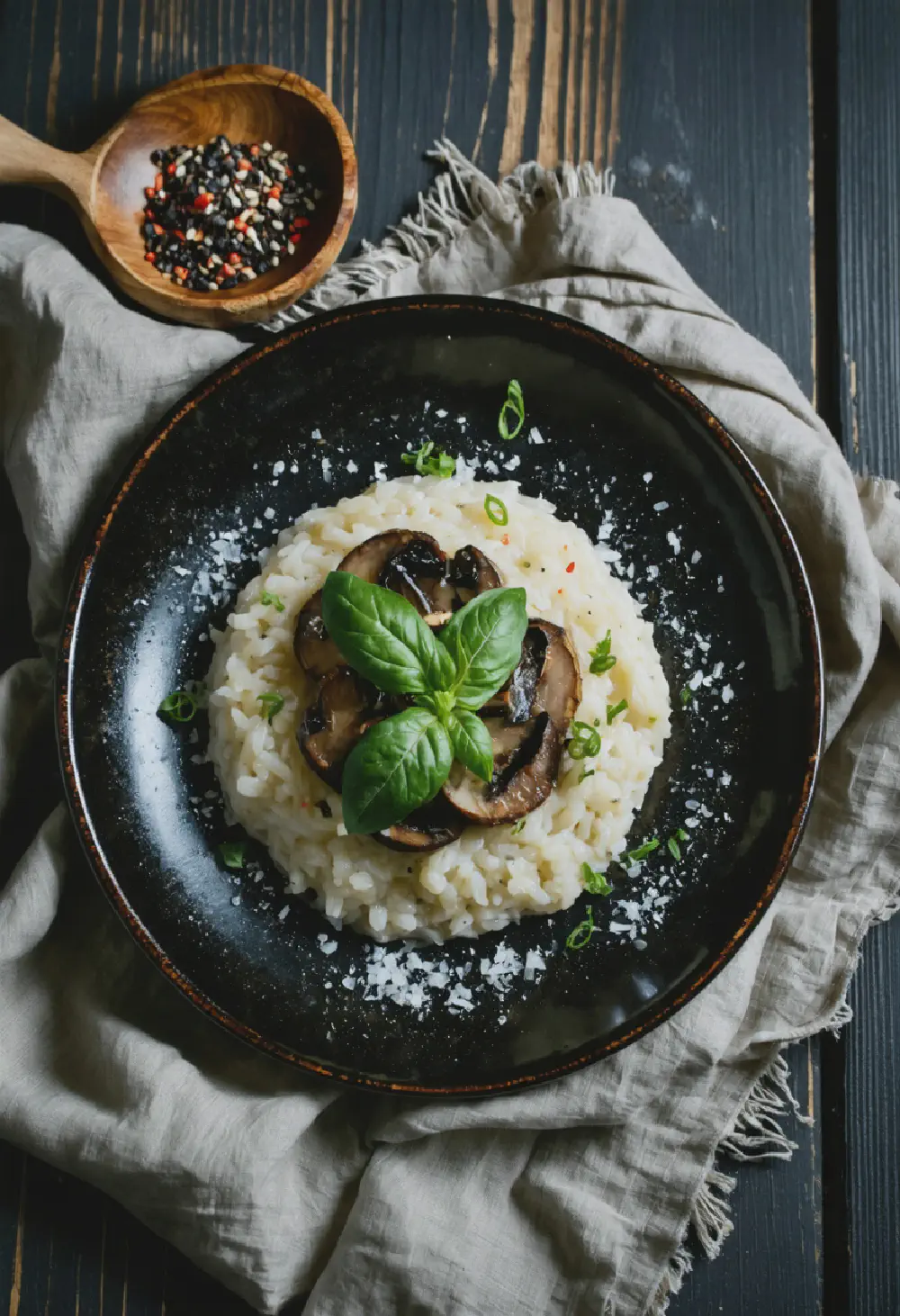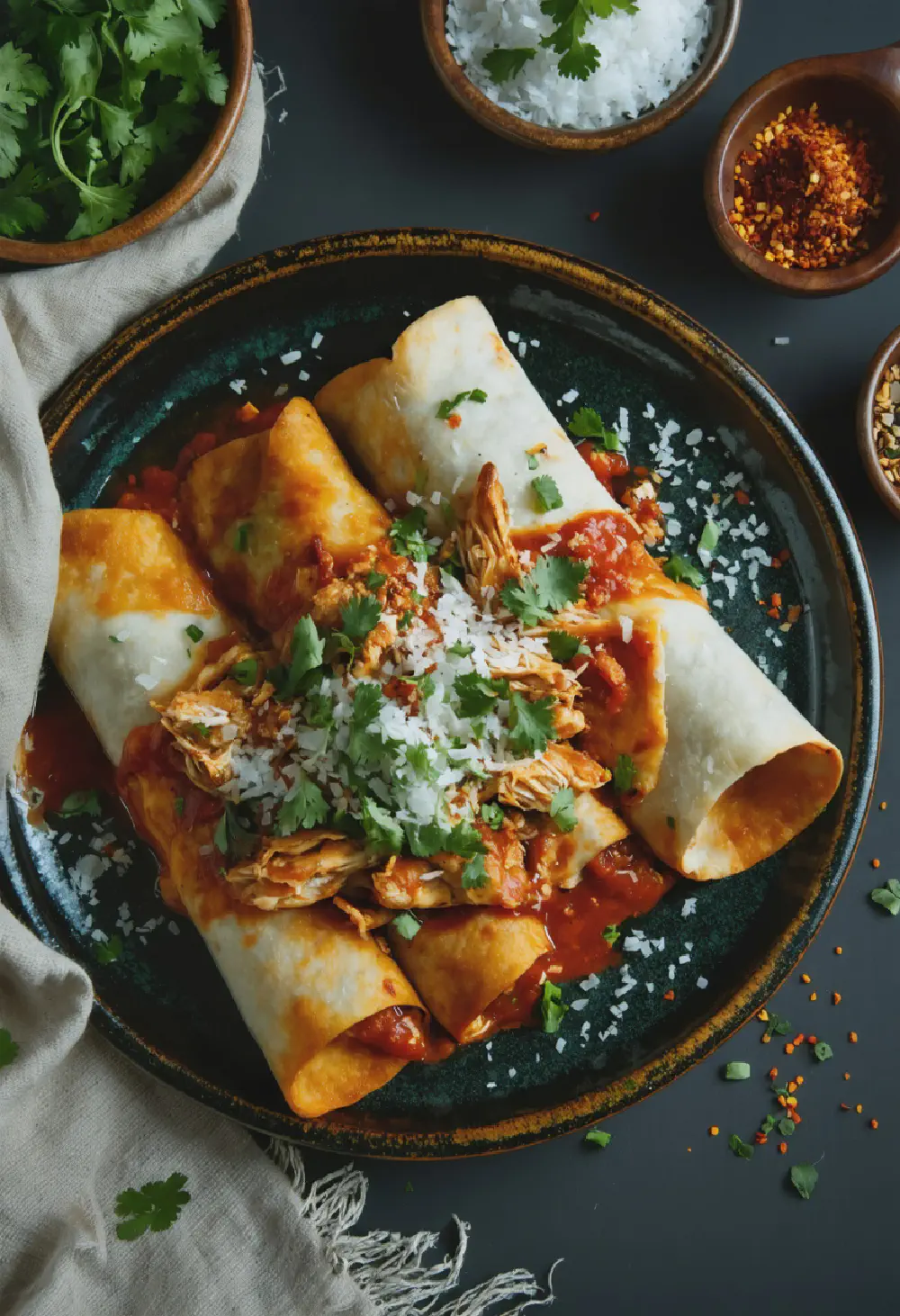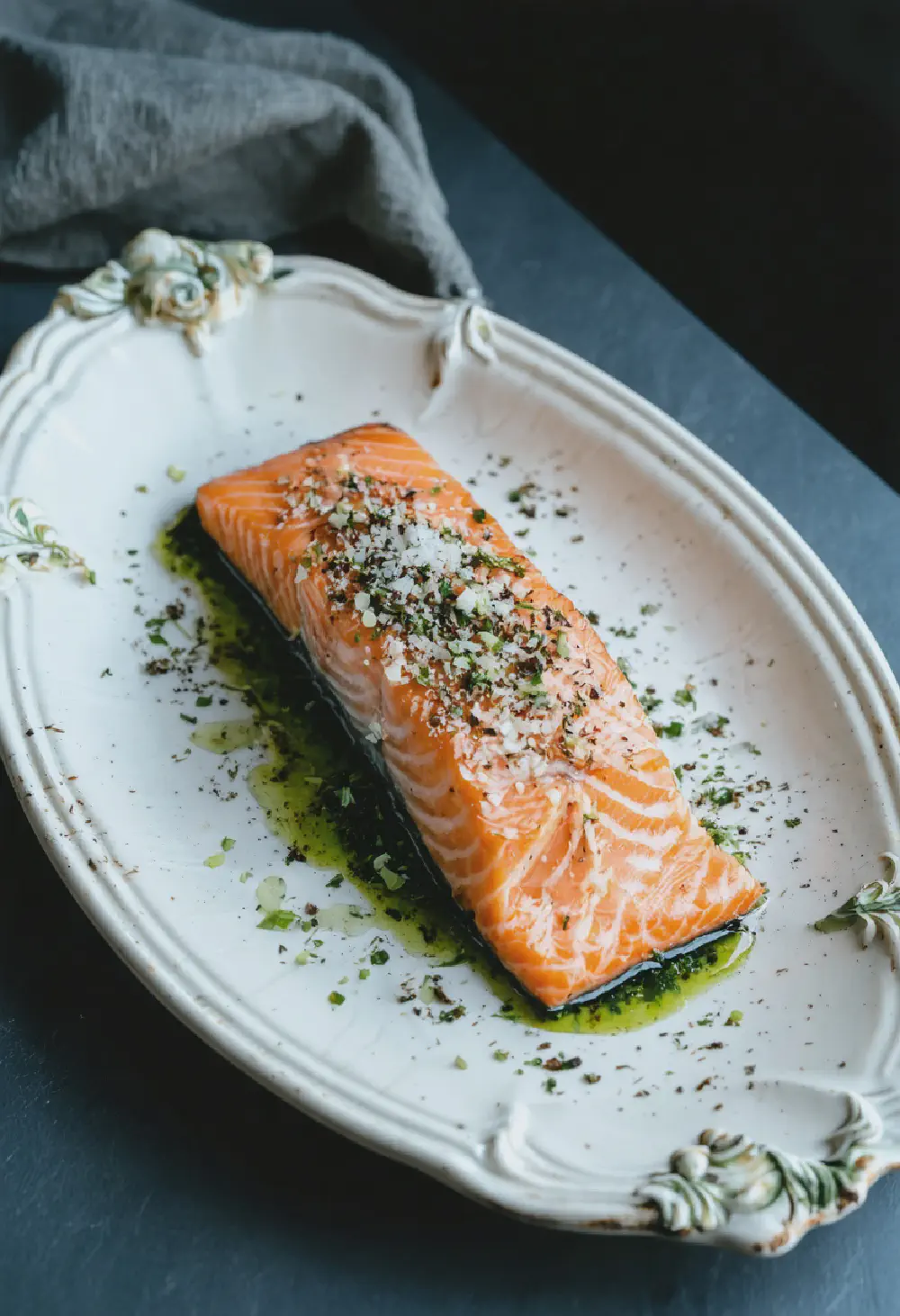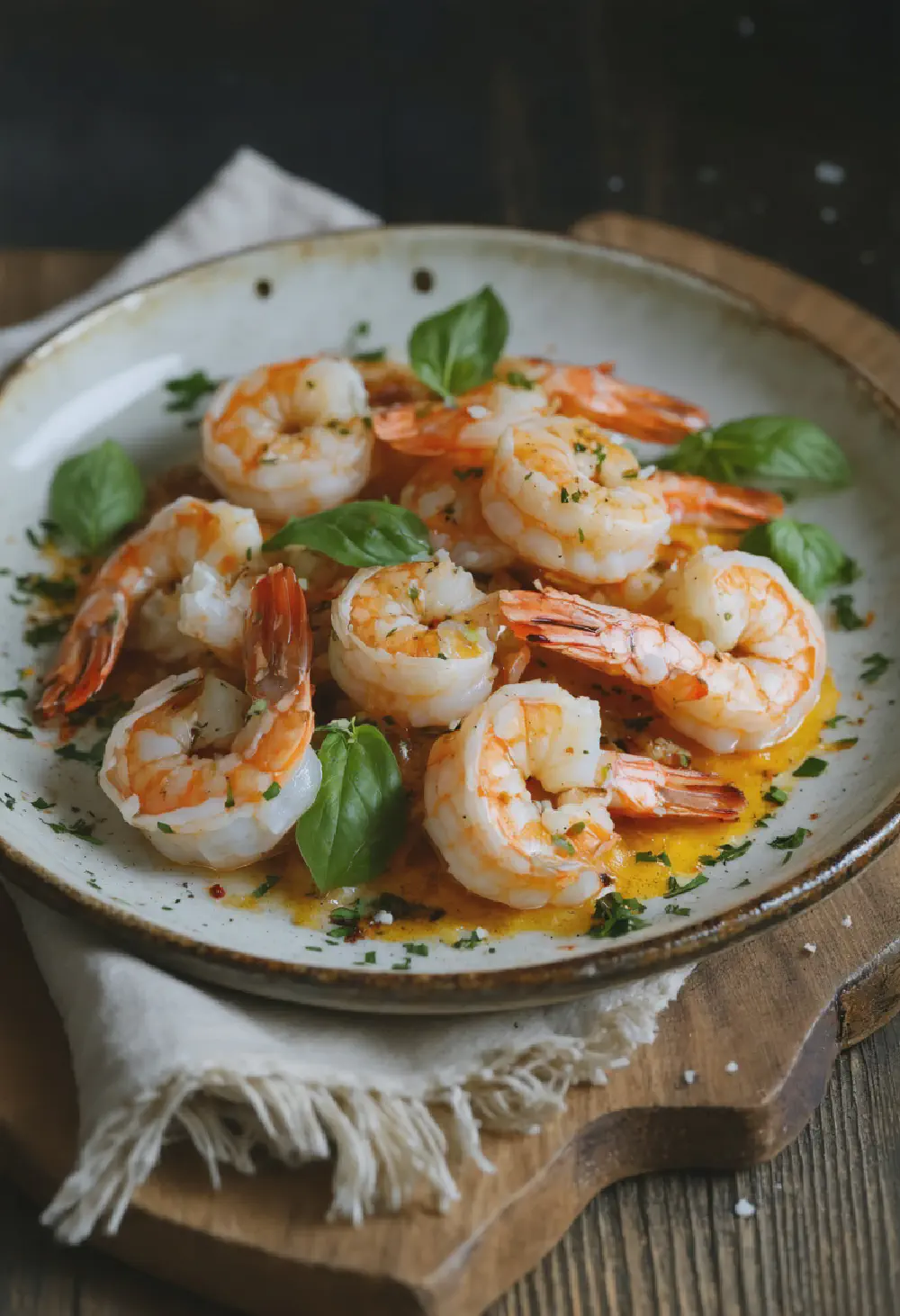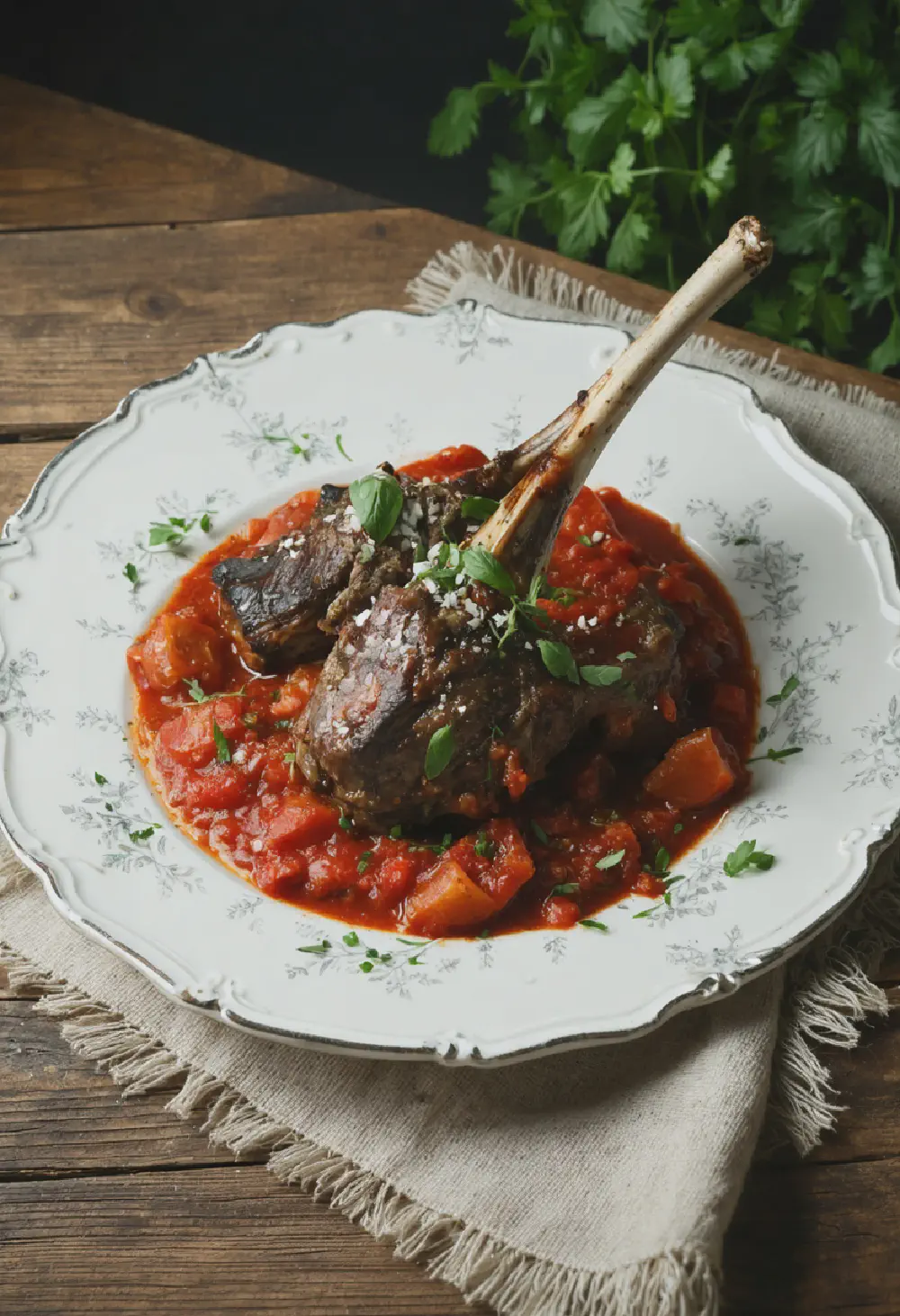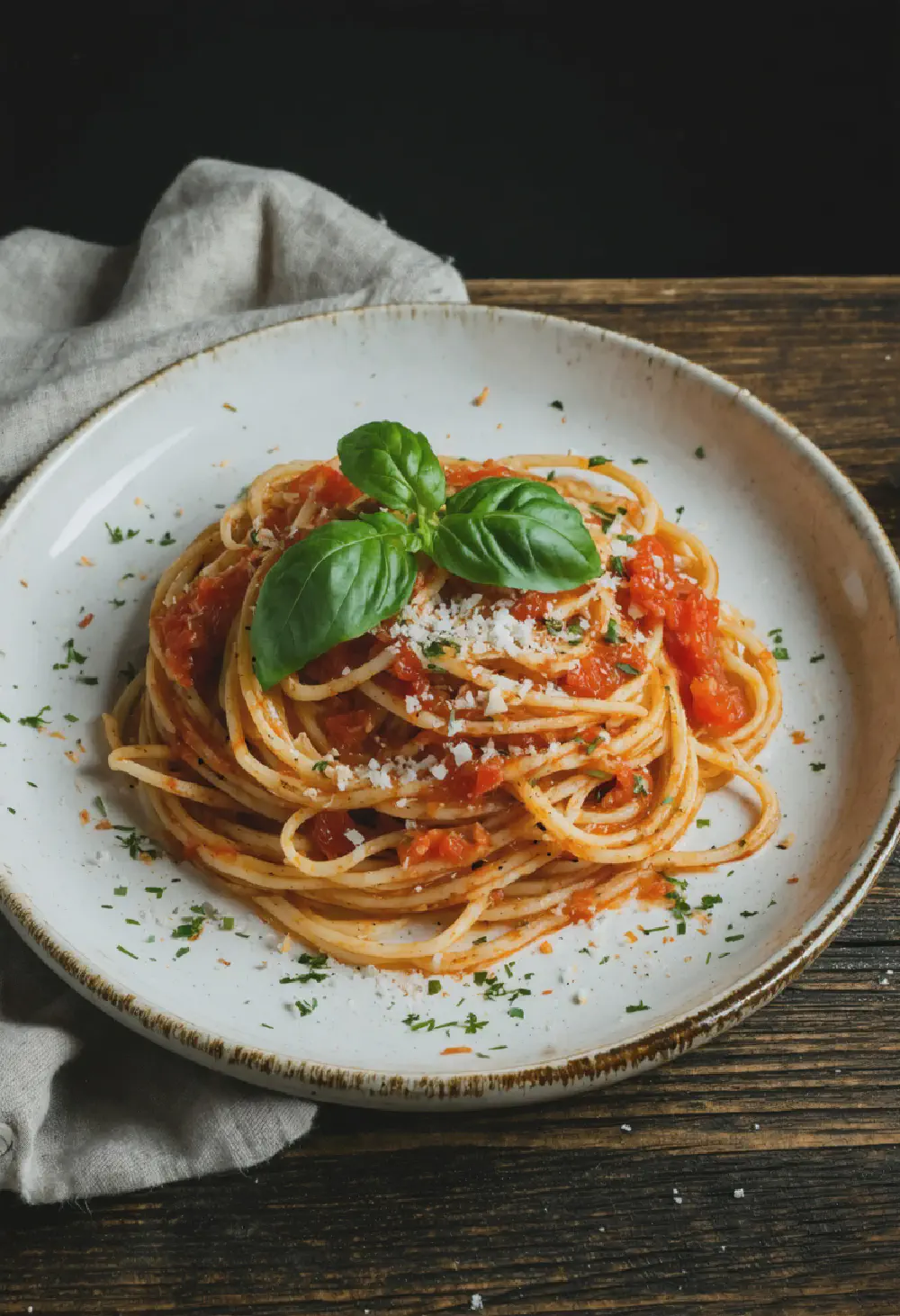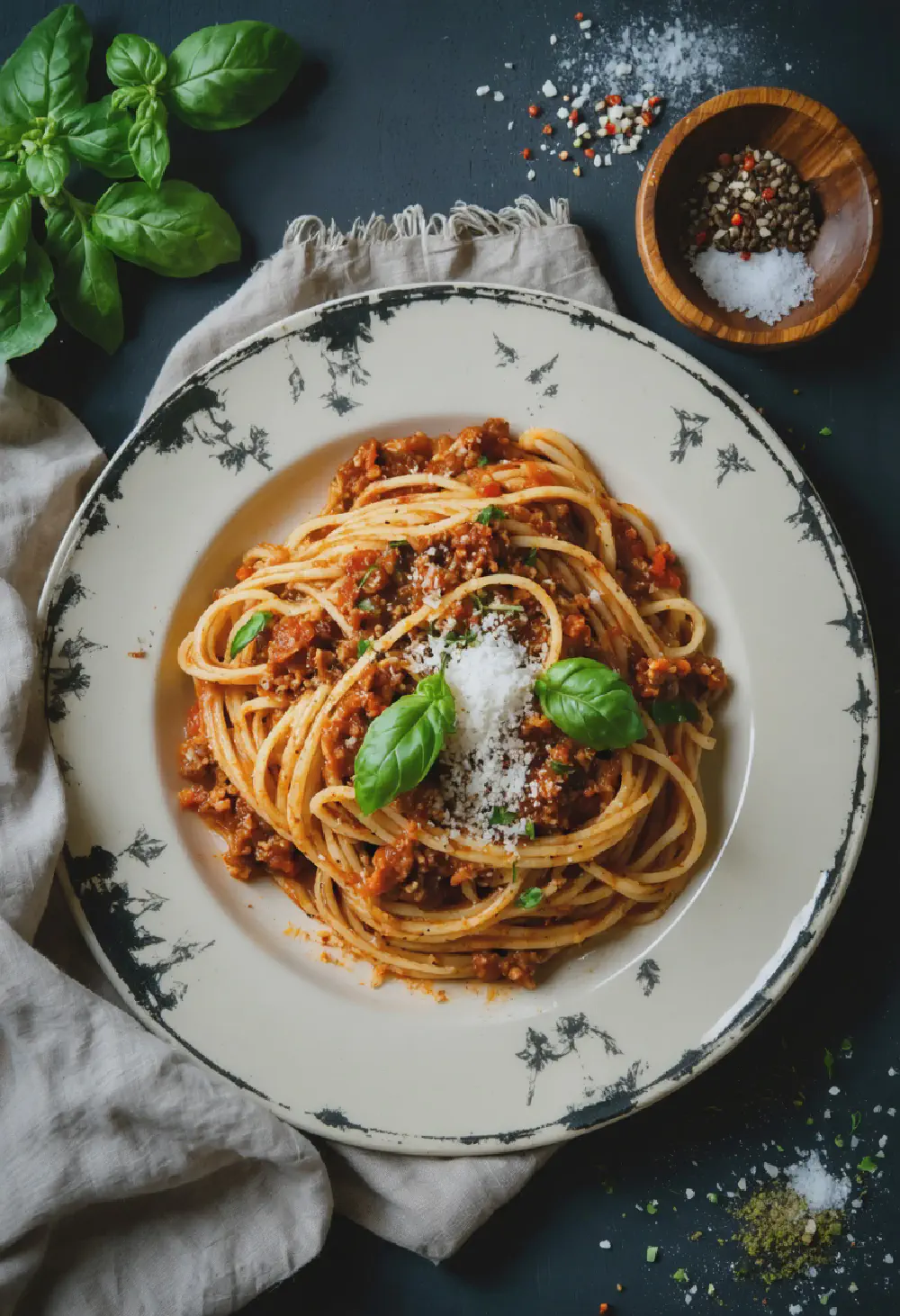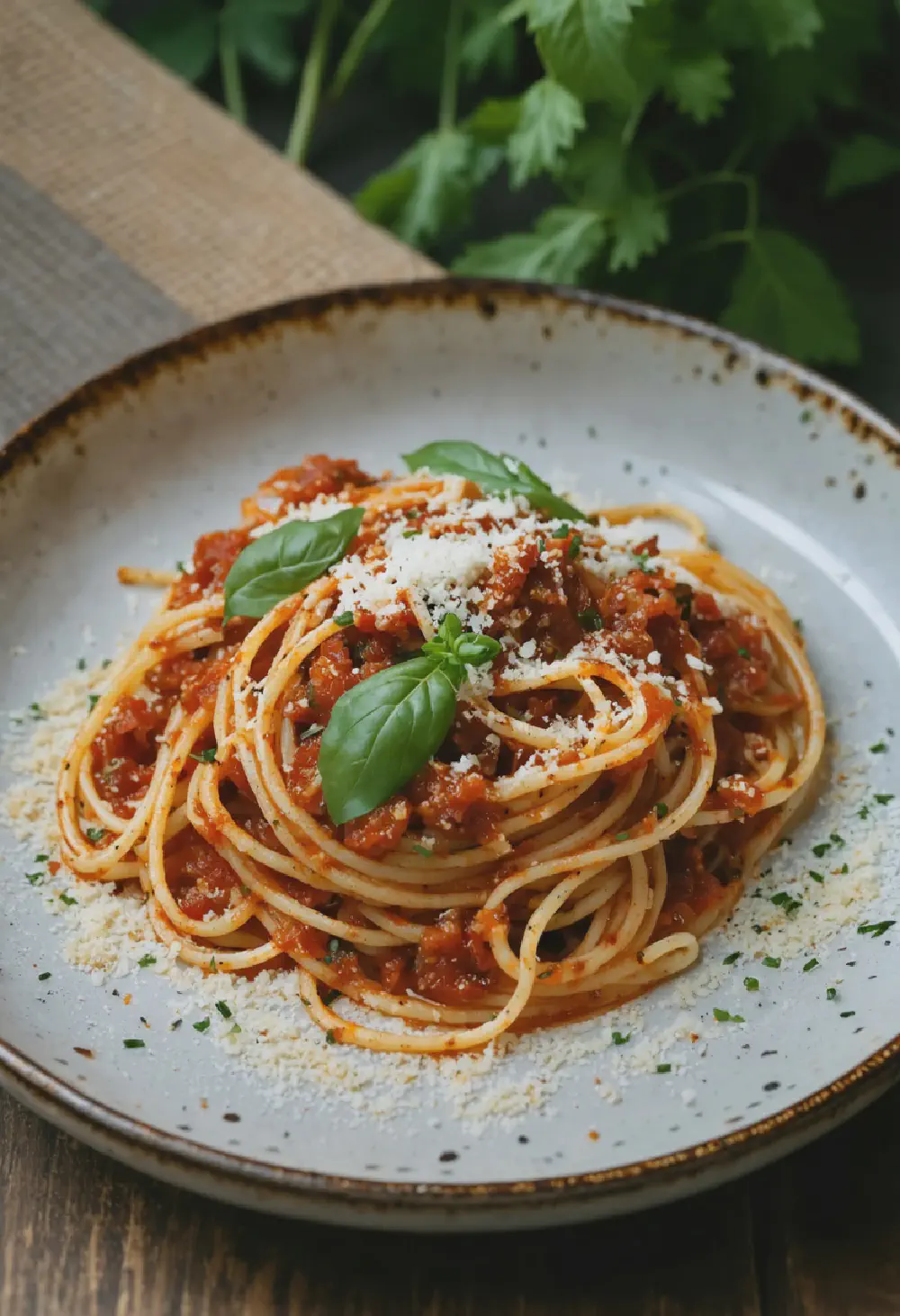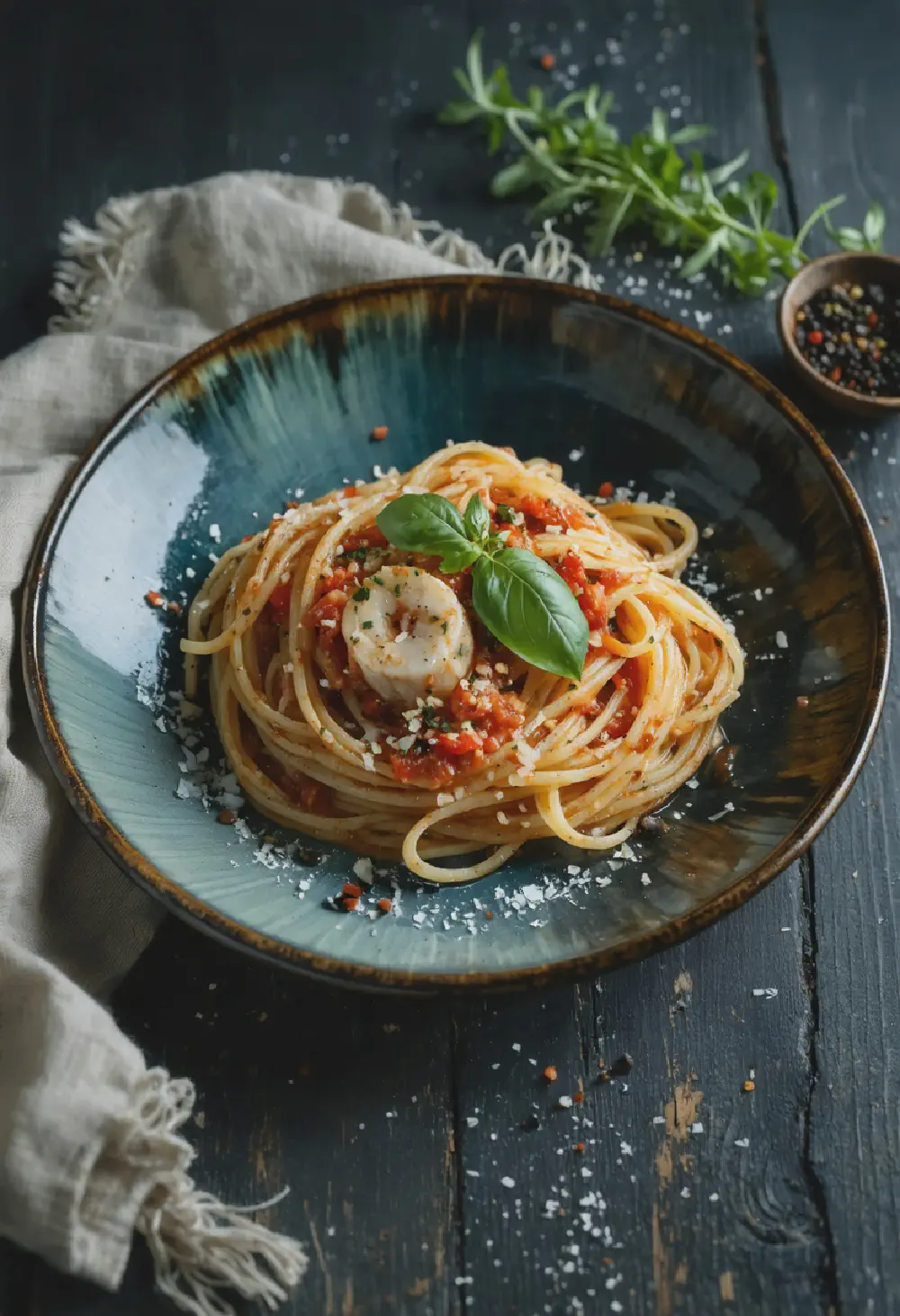Authentic Chicken Marsala
20M
50M
- Makes 4 servings
- 4 boneless, skinless chicken breasts
- Salt and freshly ground black pepper, to taste
- 1/2 cup all-purpose flour, for dredging
- 4 tablespoons unsalted butter
- 2 tablespoons olive oil
- 1 cup sliced mushrooms (cremini or button)
- 1/2 cup Marsala wine
- 1/2 cup chicken broth
- 2 tablespoons chopped fresh parsley
- 1 tablespoon chopped fresh thyme
- Pound the chicken breasts to an even thickness, about 1/4 inch thick. Season both sides with salt and pepper.
- Dredge the chicken in flour, shaking off any excess.
- In a large skillet, melt 2 tablespoons of butter with the olive oil over medium-high heat. Add the chicken and cook until golden brown on both sides, about 3-4 minutes per side. Remove the chicken from the skillet and set aside.
- In the same skillet, add the remaining 2 tablespoons of butter. Once melted, add the mushrooms and cook until they are browned and tender, about 5 minutes.
- Pour in the Marsala wine and chicken broth, scraping up any browned bits from the bottom of the skillet. Bring to a simmer and let the sauce reduce by half, about 5-7 minutes.
- Return the chicken to the skillet, spooning the sauce over the top. Simmer for an additional 5 minutes, or until the chicken is cooked through and the sauce has thickened.
- Stir in the chopped parsley and thyme. Serve the chicken Marsala hot, garnished with additional fresh herbs if desired.
Authentic Chicken Marsala: A Deep Dive into Its History, Taste, and Cultural Significance
History of Authentic Chicken Marsala
The origins of Authentic Chicken Marsala can be traced back to the heart of Italy, where the dish was first crafted. While the exact beginnings are somewhat shrouded in mystery, it is believed that Chicken Marsala emerged in the region of Sicily, where the Marsala wine, a key ingredient in the dish, is produced. This wine, named after the Sicilian city of Marsala, was first documented in the late 18th century, and it’s likely that the dish evolved around the same time as a way to showcase the unique flavors of this fortified wine.
As Italian immigrants brought their culinary traditions to the United States, Chicken Marsala gained popularity in Italian-American restaurants, becoming a staple on menus across the country. Today, it remains a beloved dish, celebrated for its rich history and delicious taste.
Taste Profile of Authentic Chicken Marsala
Authentic Chicken Marsala is renowned for its complex and delightful taste profile. The dish features tender chicken breasts that are sautéed to perfection, offering a succulent and juicy texture. The star of the dish, however, is the Marsala wine sauce, which imparts a deep, rich flavor with notes of caramel and nuts.
The sauce is typically enhanced with mushrooms, which add an earthy undertone, and a touch of butter, which lends a silky smoothness to the dish. The combination of these elements results in a harmonious blend of savory and slightly sweet flavors, making Chicken Marsala a truly indulgent experience.
Cultural Significance of Authentic Chicken Marsala in Italian Cuisine
Within the realm of Italian cuisine, Authentic Chicken Marsala holds a special place. It exemplifies the Italian culinary tradition of using simple, high-quality ingredients to create dishes that are both elegant and comforting. The use of Marsala wine, a product deeply rooted in Sicilian culture, underscores the importance of regional ingredients in Italian cooking.
Moreover, Chicken Marsala reflects the Italian ethos of enjoying meals with family and friends. It is often served at gatherings and special occasions, symbolizing warmth, hospitality, and the joy of sharing a delicious meal. In Italian-American communities, the dish has become a cultural touchstone, representing the fusion of Italian heritage with American influences.
In conclusion, Authentic Chicken Marsala is not just a dish but a celebration of Italian culinary artistry and cultural heritage. Its rich history, exquisite taste, and significant role in Italian cuisine make it a timeless classic that continues to captivate food lovers around the world.
